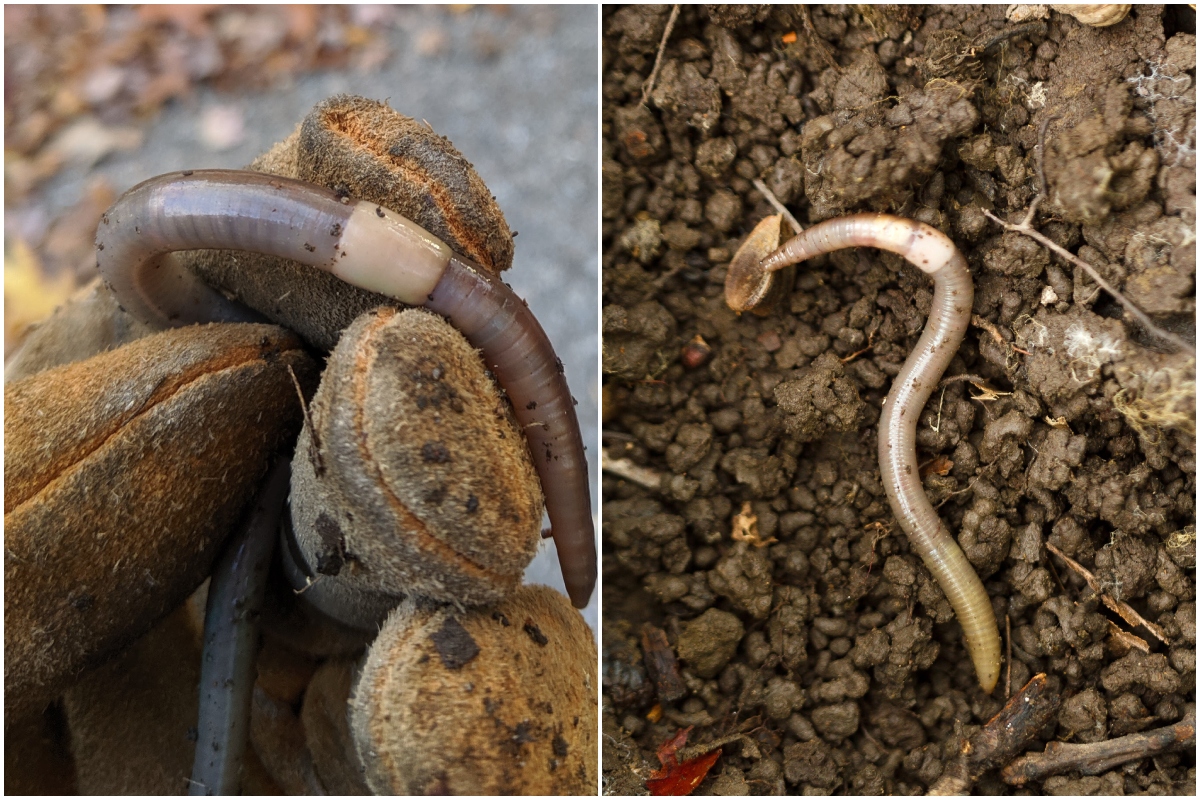
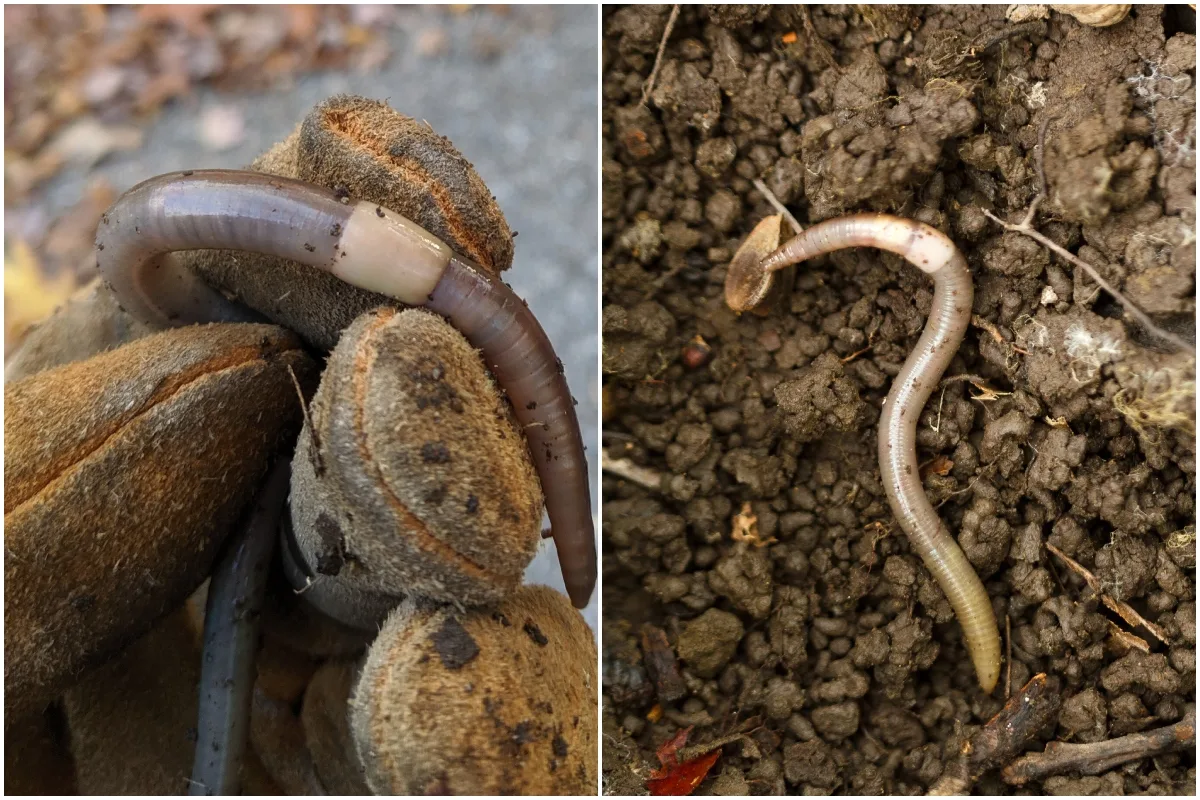
Earthworms are among the many most beloved residents within the dwelling backyard.
Tireless of their quest to tunnel, feed, and poop, worms are superb for aerating the soil, breaking down natural matter, and dispersing vitamins through their castings.
Nightcrawlers and red wigglers are two of the worms you’re most wish to see burrowing via the dust, working over your compost, and processing your leaf mildew.

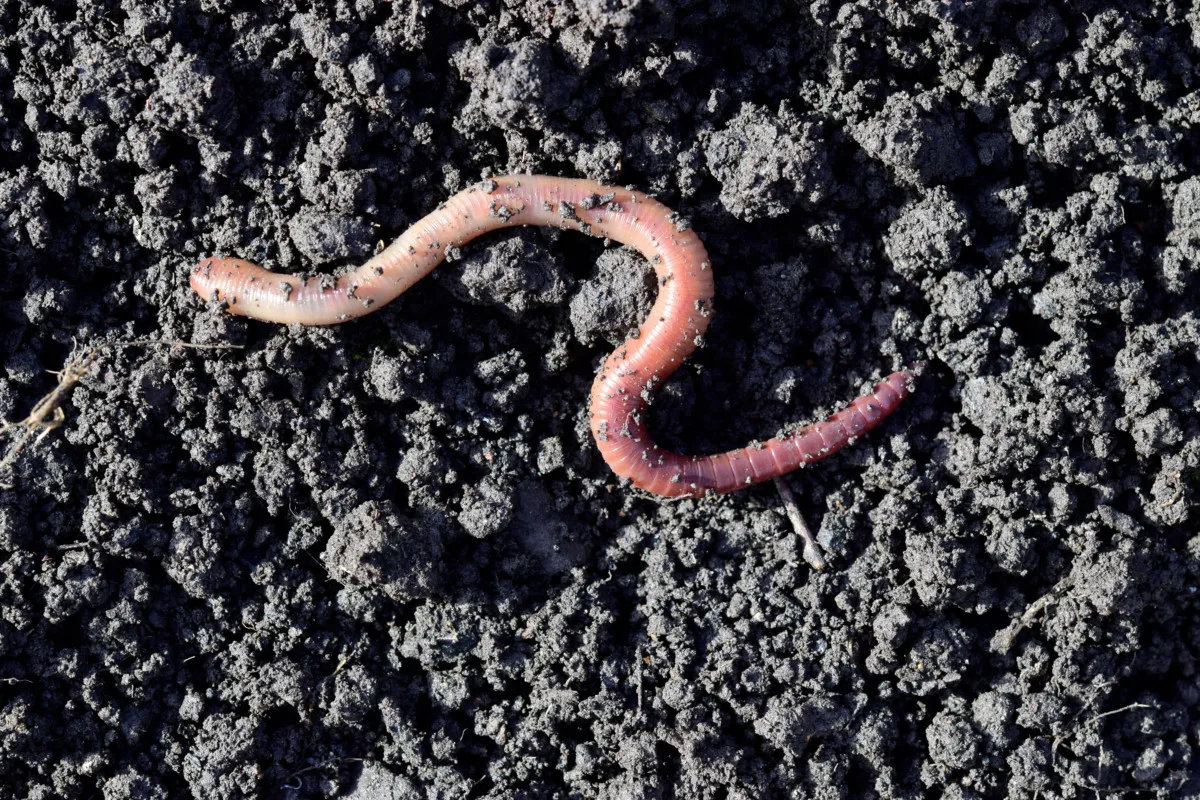
It’s manner too simple to take our useful yard worms as a right. All worms all kind of look the identical – starting from pinkish to brownish to reddish in shade, with lengthy segmented our bodies. We see them and assume they’re doing good issues for the soil.
However these days, that’s not all the time the case.
This can be a PSA for all gardening lovers – there’s a household of worms you could be careful for: the invasive leaping worm.
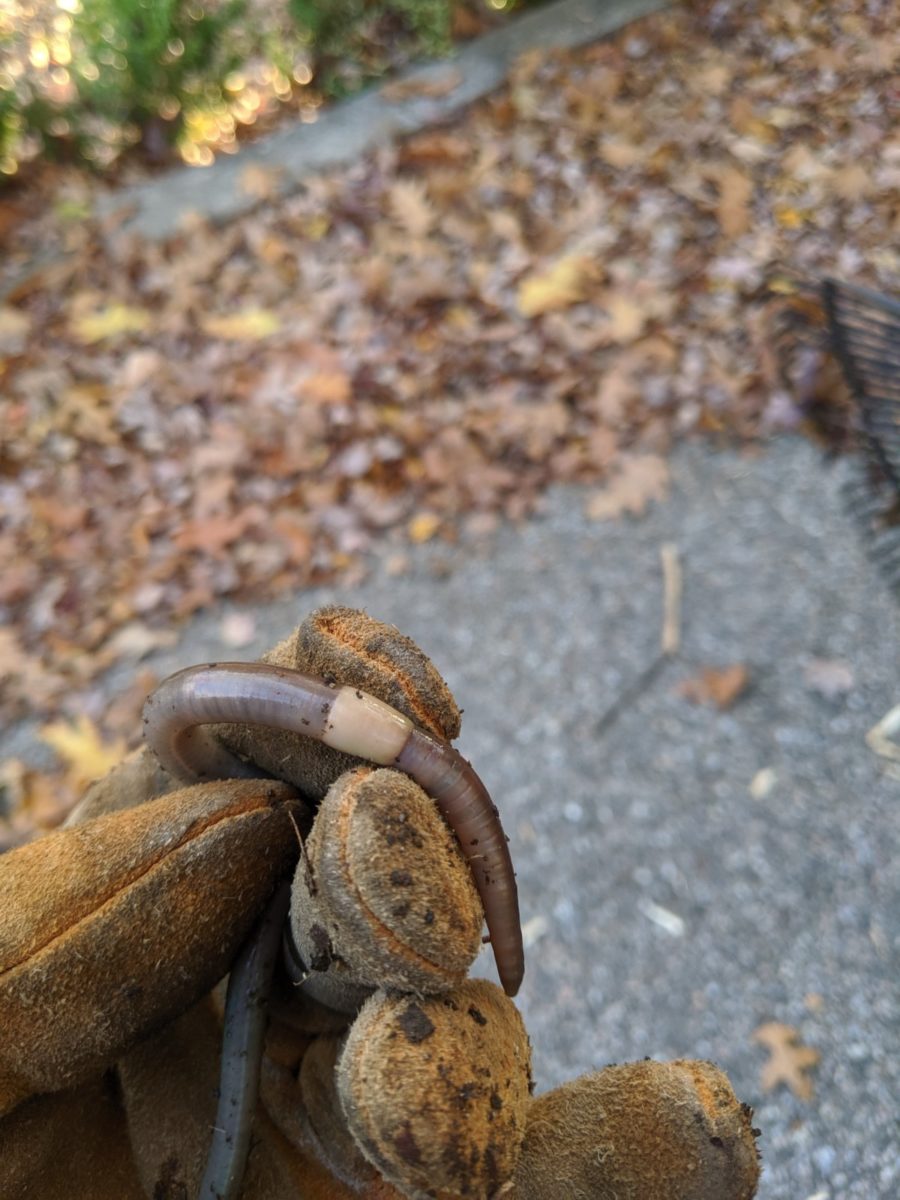
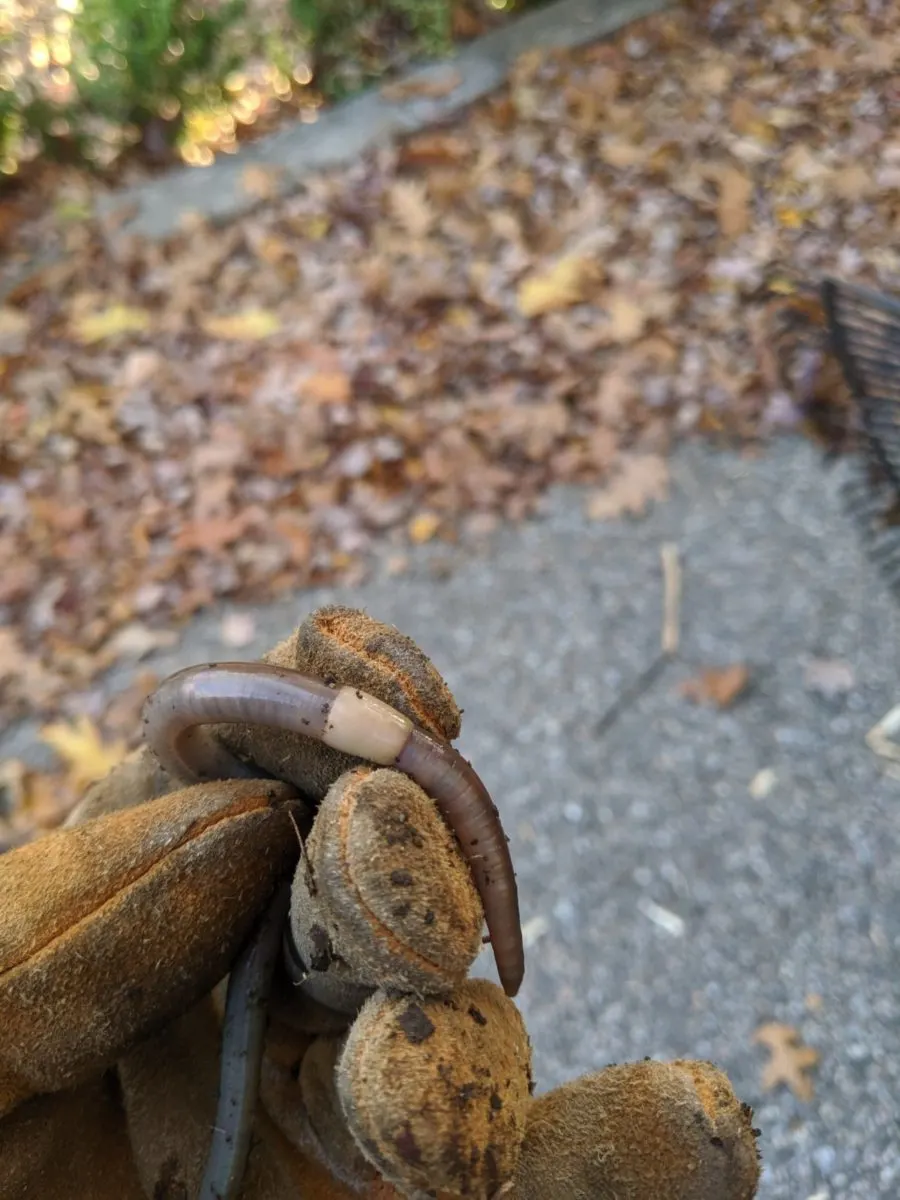
The leaping worm has been steadily making its manner throughout North America. First noticed right here in 1866, the unfold of Asian leaping worms has elevated quickly the final couple years.
Initially a scourge within the Northeast and Midwest, now they’ve been noticed in no less than 34 states. Leaping worms have been discovered as far south as Florida and west as Oregon.
Leaping worms are not any good friend to the gardener, and definitely not the ecosystem at giant. As an alternative of enhancing soil construction and fertility like our good man earthworms do, leaping worms degrade and injury topsoil to such an extent that vegetation fail to thrive.
What are Leaping Worms?
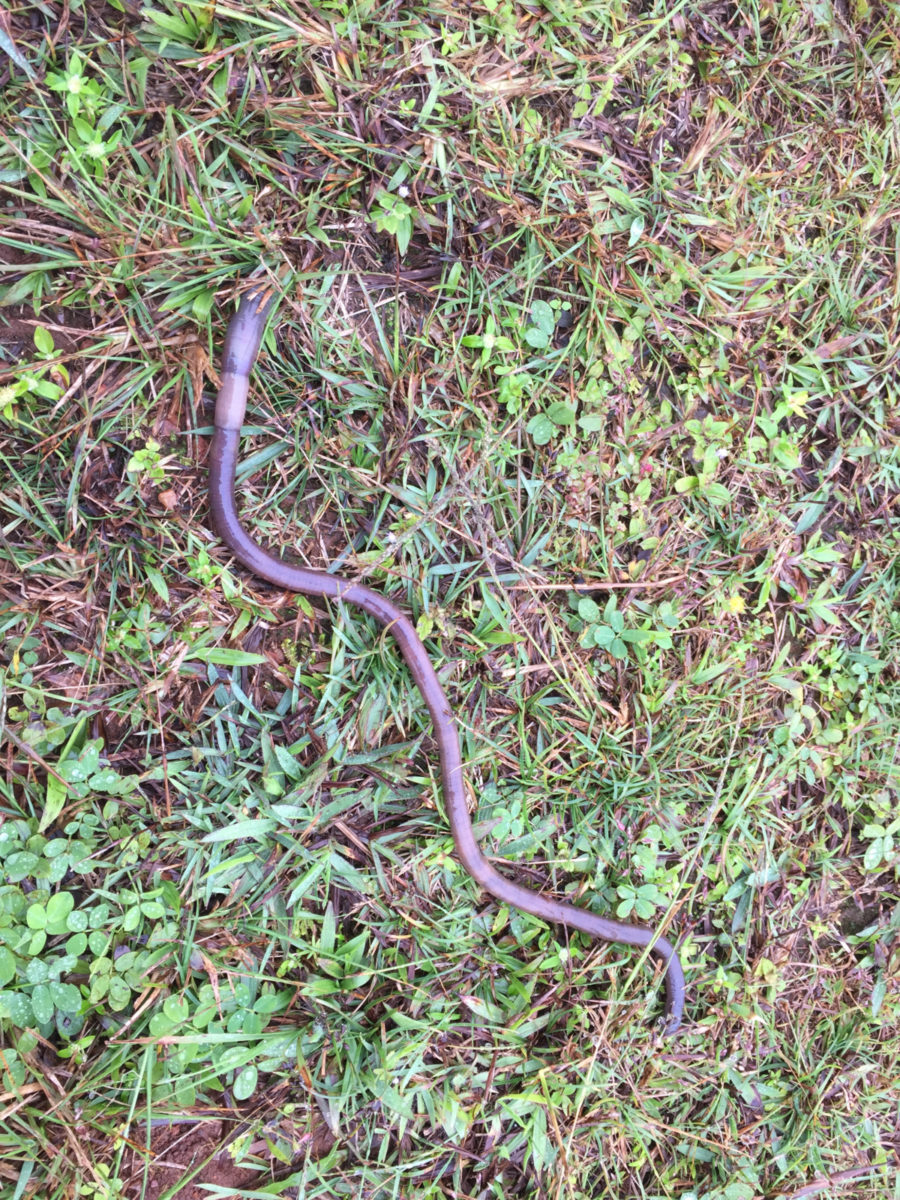
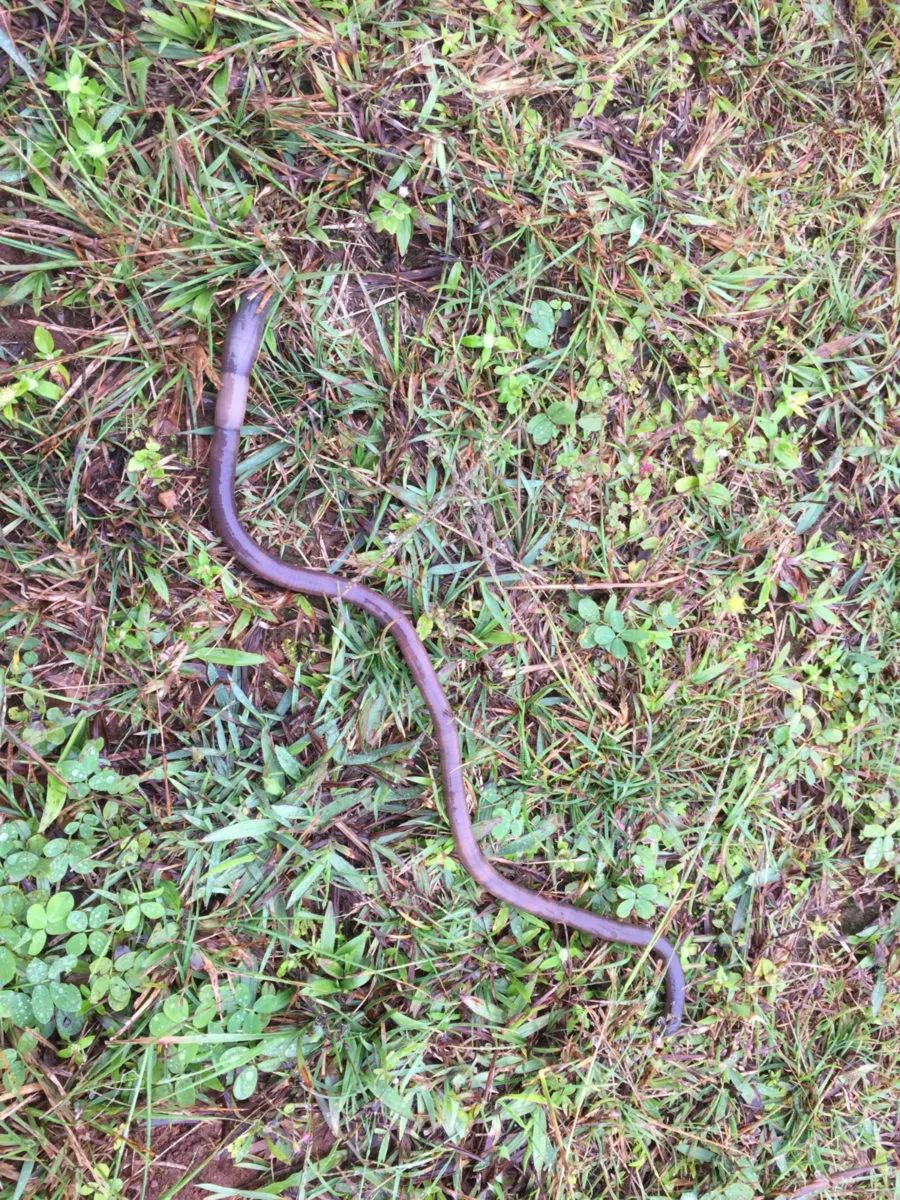
There’s three species within the Megascolecidae worm household you could be careful for, Amynthas agrestis, Amynthas tokioensis, and Metaphire hilgendorfi.
Leaping worms are generally known as loopy worms or snake worms. On the floor, they appear to be any outdated worm. However as quickly as they’re disturbed, all of them share the identical hard-to-miss trait.
As an alternative of inching ahead like a standard earthworm would, leaping worms wag their our bodies forwards and backwards like a snake.
Decide up an earthworm and it’ll roughly grasp there like a moist noodle. Leaping worms, however, will flail and thrash about fairly violently when dealt with:
Watching how your worms transfer is the simplest option to establish leaping worms, however there are different tells.
Leaping worms are a darker grayish brown and turn out to be iridescent within the daylight. Your pleasant yard earthworm is usually a lot paler and pinkish in contrast.
Each worm has a raised band round their our bodies – the clitellum – that holds the egg cocoons. In frequent earthworms, the clitellum is identical shade as the remainder of the worm, is swollen on one facet, and sits on the physique like a saddle.
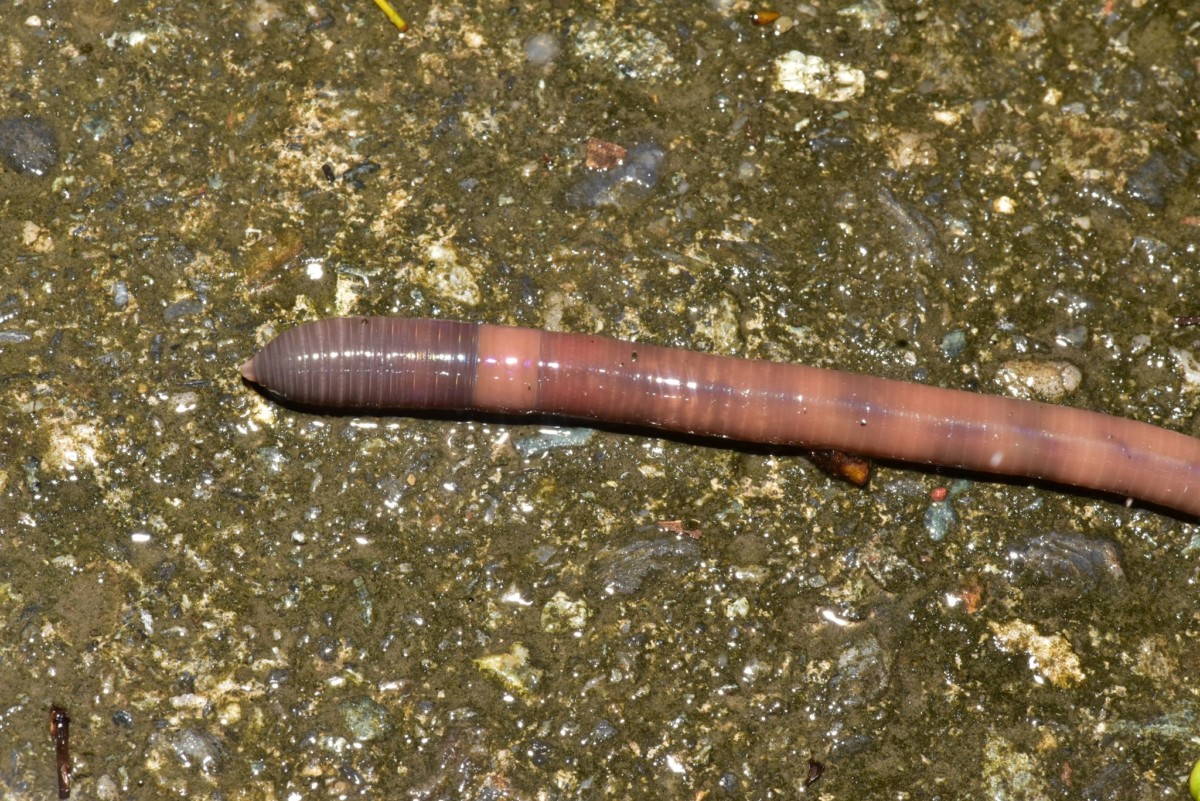
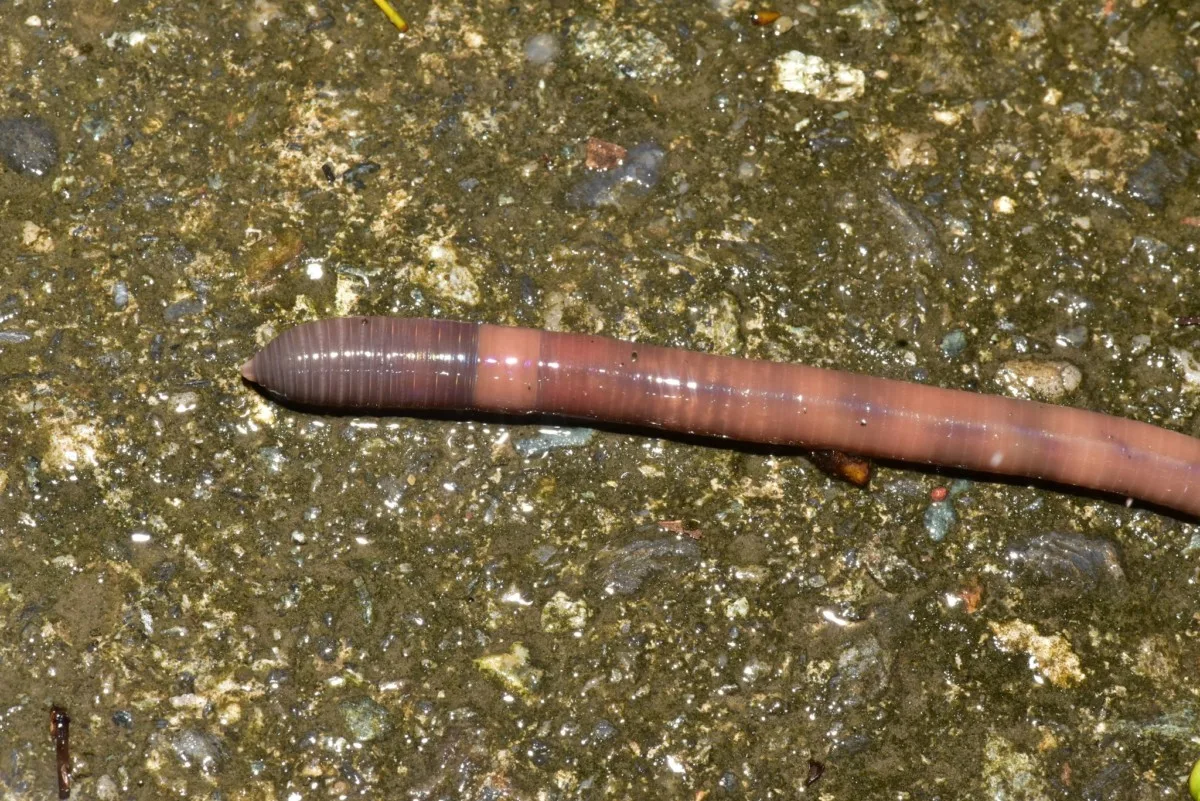
(c) Yung-Lun Lin, some rights reserved (CC BY), CC BY 4.0 https://creativecommons.org/licenses/by/4.0, through Wikimedia Commons
In leaping worms, the band totally encircles the physique and is located nearer to the pinnacle. It would flip white, or a really mild shade, as soon as the worm reaches maturity.
Why are Leaping Worms a Large Drawback?
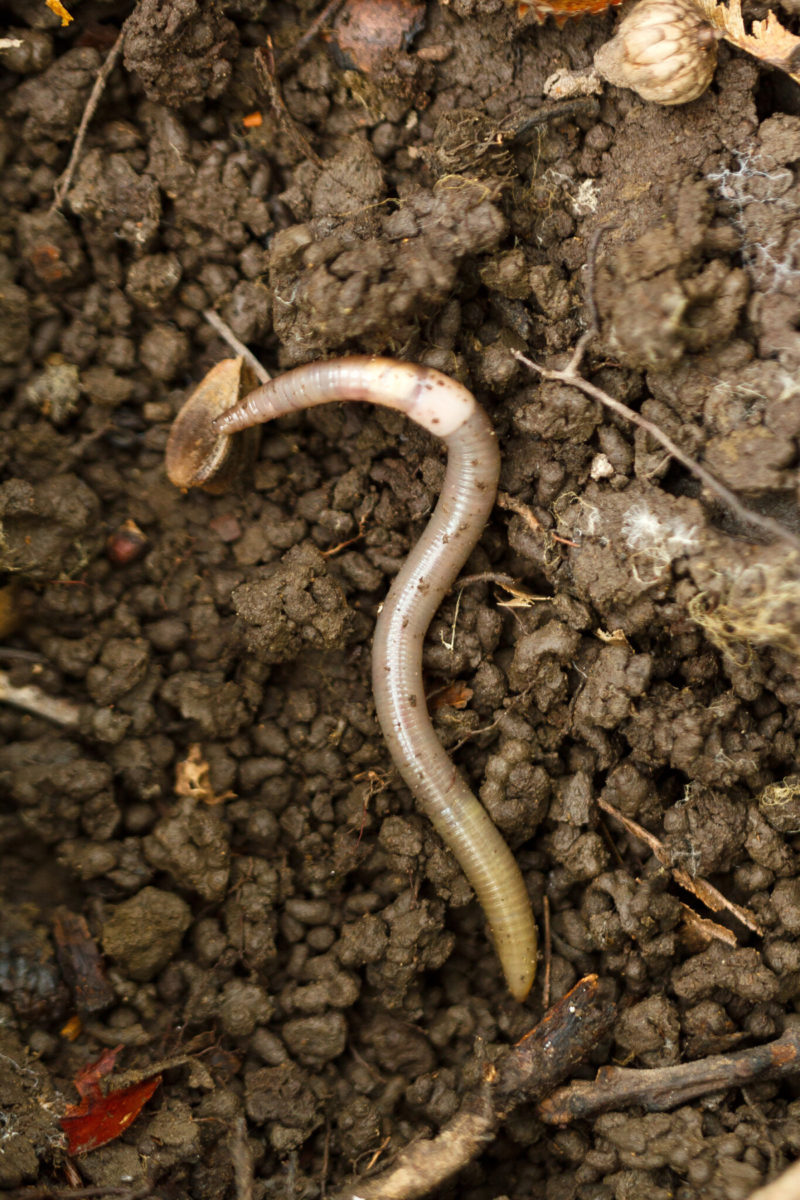
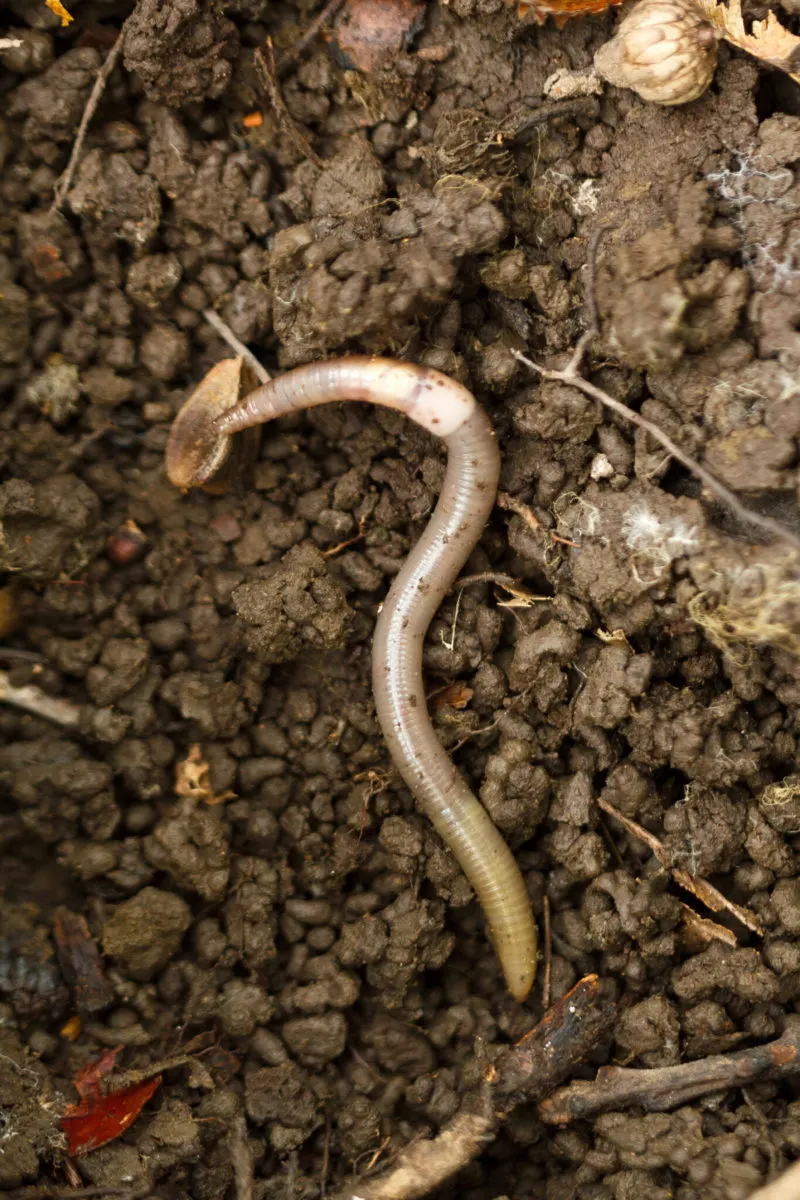
Picture Credit score: Tom Potterfield @ Flickr
Leaping worms have been round North America for greater than 100 years, however it’s solely not too long ago that they’ve begun to unfold to this point and vast. The explanations for the fast rise of the leaping worm isn’t totally understood. It’s believed that hotter winters within the North – fueled by local weather change – has made it simpler for the worms to colonize new areas.
As soon as leaping worms come to inhabit dwelling gardens, greenhouses, and compost heaps, they will enhance their populations so shortly that they crowd out and displace useful worms.
Leaping worms don’t want a mate and reproduce asexually, every birthing two or extra generations per season. Although the adults will die off after the primary laborious frost, the egg cocoons they depart behind will overwinter and hatch when soil temperatures rise to 50°F (10°C). It solely takes about 60 days for child leaping worms to achieve maturity and begin reproducing.
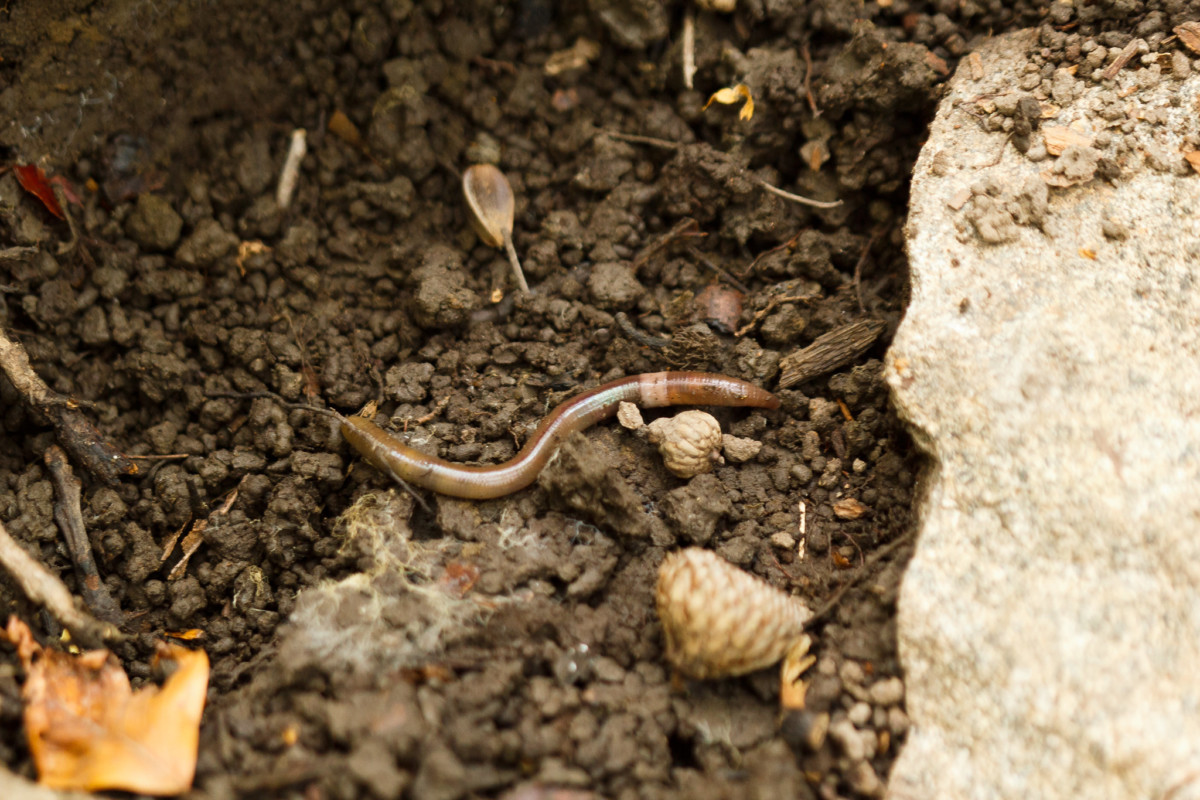
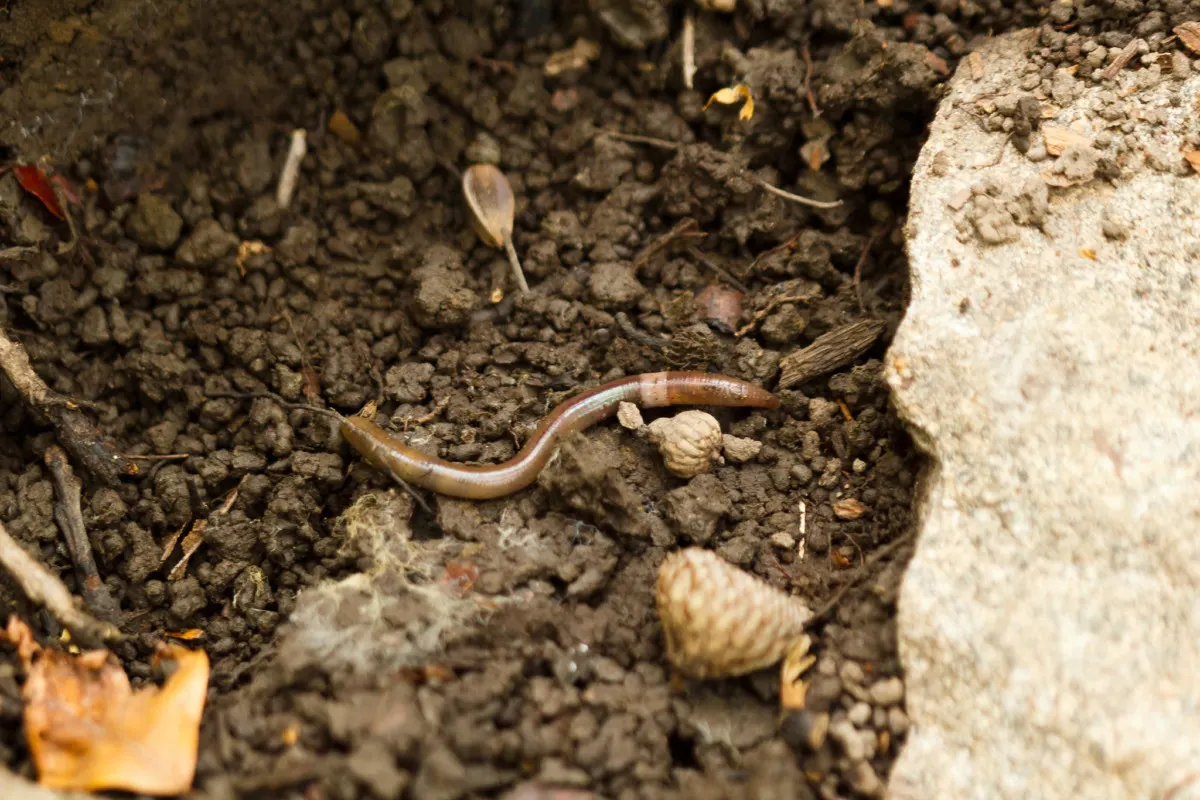
Picture Credit score: Tom Potterfield @ Flickr
This can be a major problem since leaping worms – like all earthworms – are keystone species which have an infinite affect over the bodily, chemical, and organic properties of soil.
Like little saboteurs, leaping worms will flip your wealthy and delightful soil into dry and gravelly dust stripped of its vitamins.
Their fast actions make it so leaping worms transfer sooner and eat greater than your typical backyard earthworm. They devour giant quantities of natural matter, abandoning darkish pellet-like castings that resemble floor beef or spent espresso grounds.
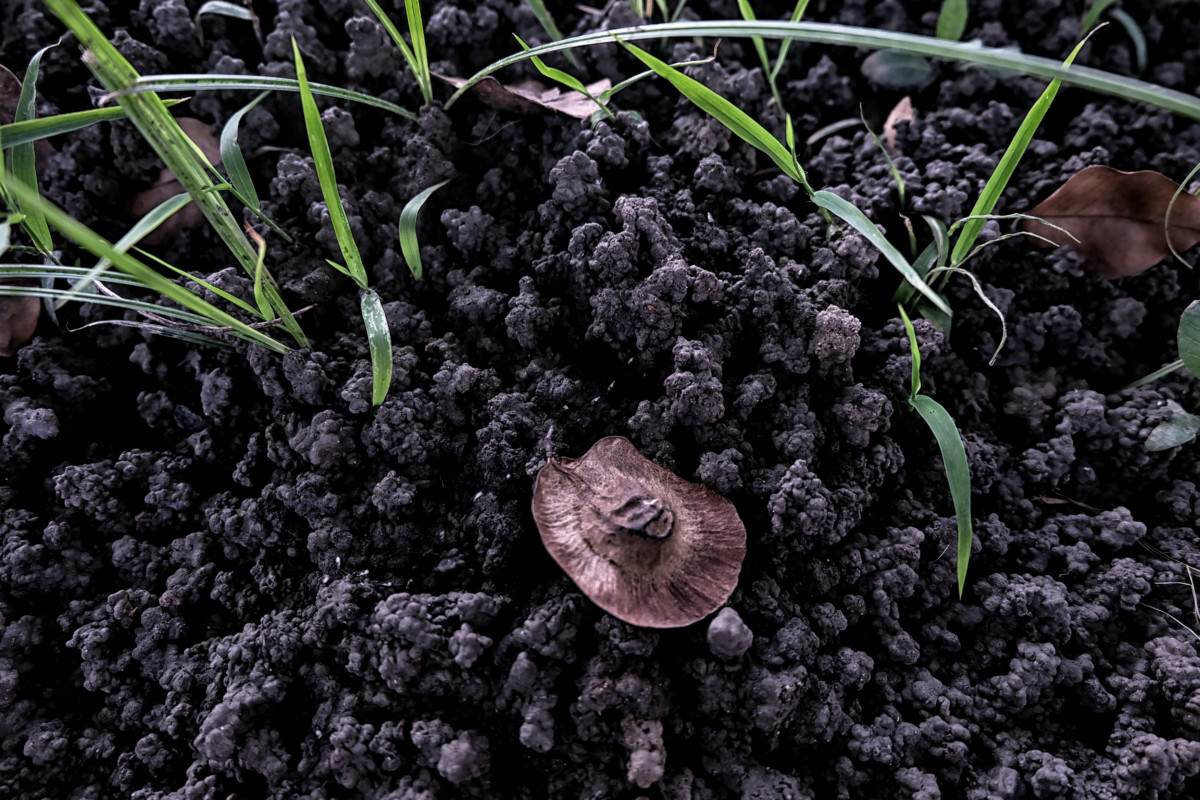
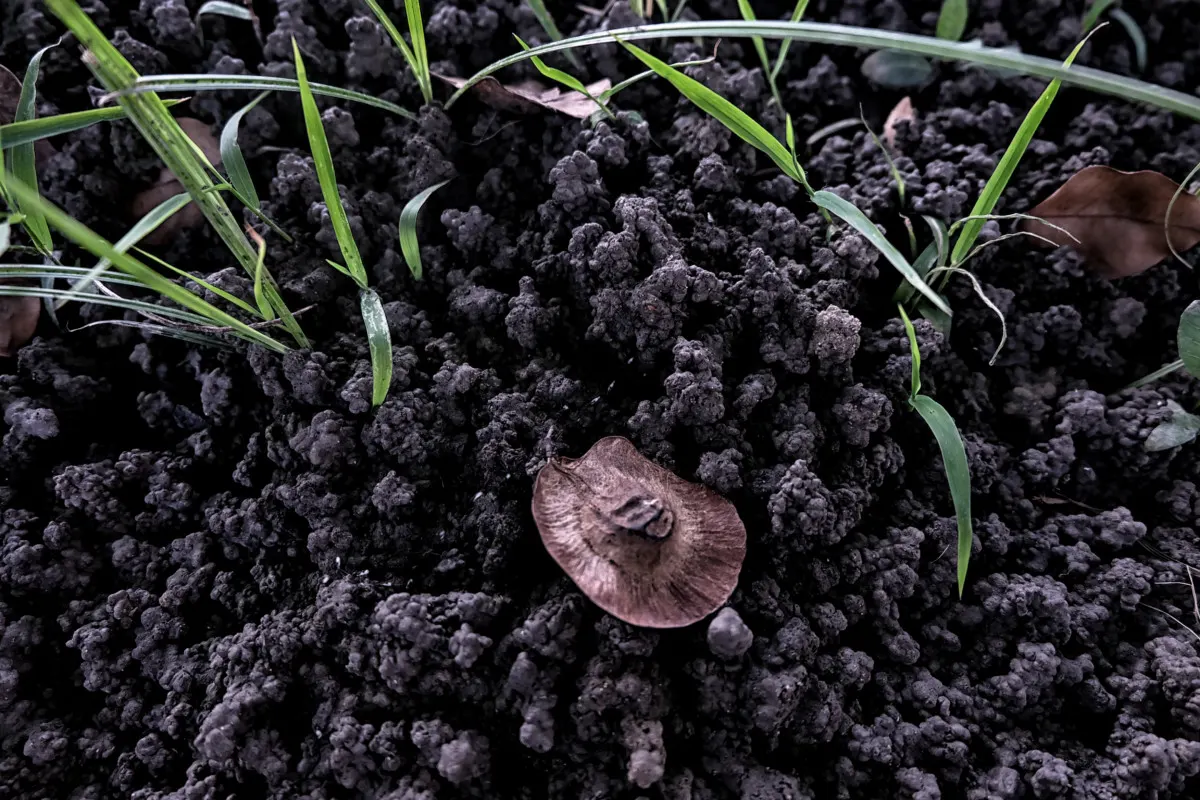
Leaping worms dwell within the higher layer of soil, not more than 4-inches beneath the floor. And so their poop, though nutrient-rich, sits on prime of the soil, nicely out of attain of plant roots. As quickly because it rains, the fertile castings are washed away.
Since they’re energetic just under the soil line, leaping worms create very unfastened beds that make it harder for plant roots to turn out to be established. Leaping worms have additionally been identified to nibble on the roots of seedlings and younger vegetation.
As extra natural matter is eliminated (and never recycled), backyard beds will turn out to be much less favorable locations for microbes, invertebrates, and bugs to inhabit. With out these useful allies, the soil will dry out and erode sooner.
Though leaping worms don’t straight injury vegetation, they make it so annuals, perennials, and grasses will actually battle to outlive, not to mention flourish.
Checking for Leaping Worms – the Mustard Pour
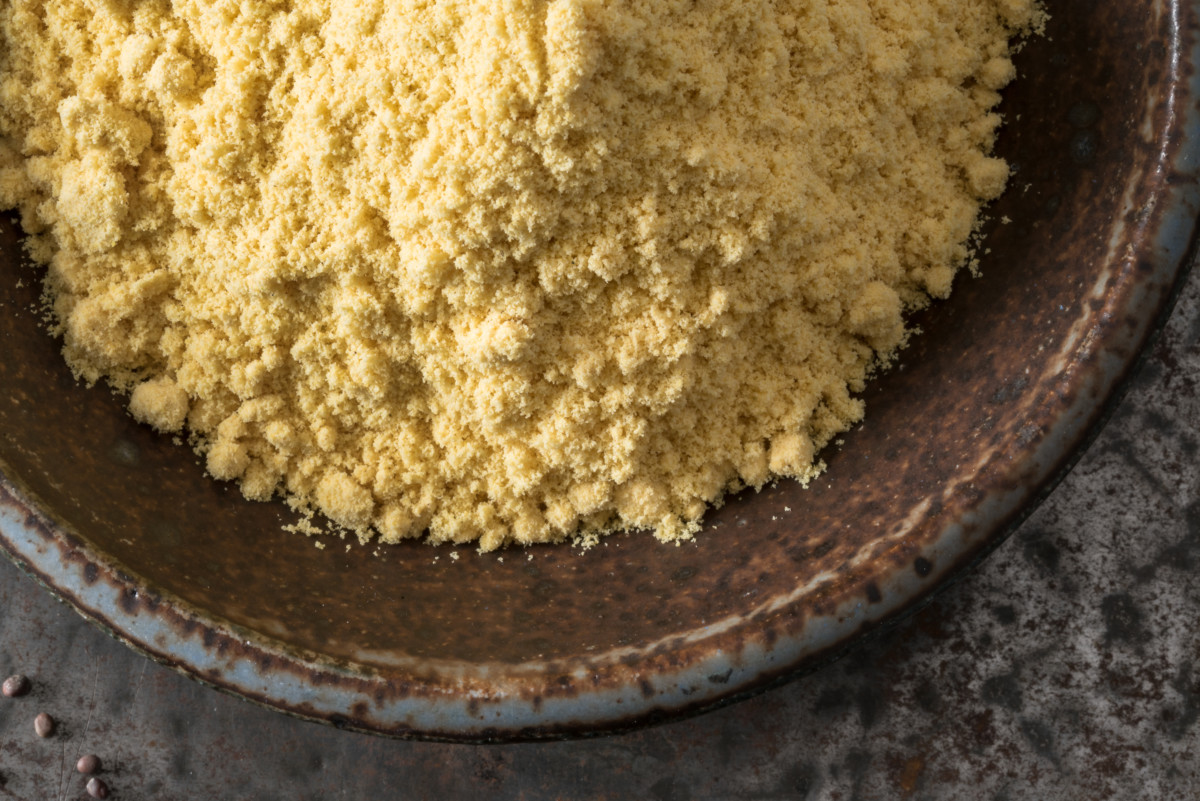
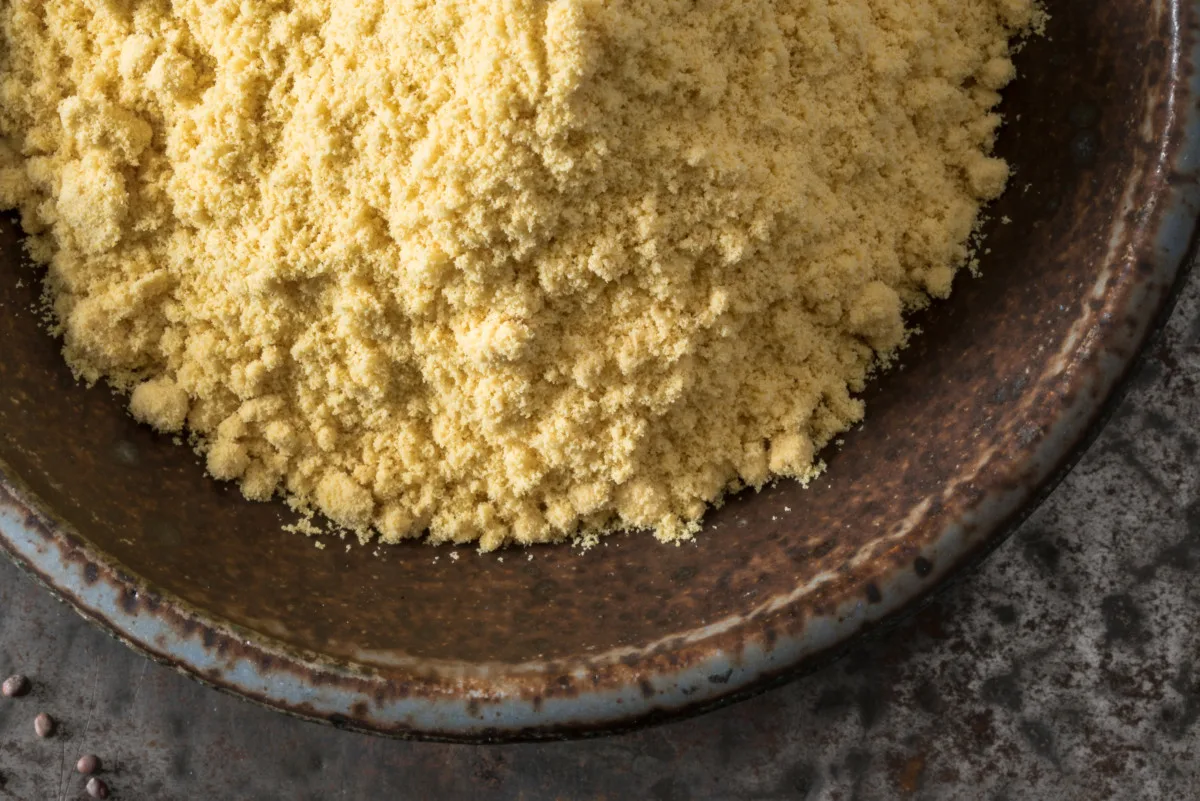
Don’t anticipate an opportunity encounter to correctly establish the worms in your backyard. When you suspect you may need leaping worms, use the mustard pour take a look at and get them to come back to you.
Mark off a one foot sq. space you’d like to check. Mix collectively 1/3 of a cup of floor scorching yellow mustard with 1 gallon of water. Pour half of this combination very slowly over the realm. Wait a number of minutes, after which pour out the remainder.
All of the worms within the neighborhood will rise as much as the floor, making it a lot simpler to look at and establish them. Though it’s extremely irritating, mustard isn’t lethal to worms and it received’t hurt your vegetation.
What to Do If You Have Leaping Worms
When one among your biggest joys is nurturing life within the backyard, it may be devastating to find that your panorama has been infiltrated with soil-destroying leaping worms.
You aren’t alone!
Leaping worms can take a heavy toll. Many gardeners stricken by them have reported emotions of unhappiness, anger, and panic. In a single survey, half of respondents mentioned that that they had dreamed about leaping worms and 1 in 5 reported crying about them. The College of Minnesota has even revealed emotional support guidance for these affected by leaping worms.
A part of the grief comes from the problem in eradicating them from the panorama.
Leaping worms are a comparatively new invasive species. Though analysis on organic and chemical controls is ongoing, to this point there’s no option to totally eradicate them as soon as they’re established in a location.
Yep, leaping worms are nightmare gas for gardeners. Although they’re difficult to take care of, to say the least, it’s not not possible to handle leaping worms so you’ll be able to nonetheless develop your attractive vegetation.
Listed below are just a few empowering steps you’ll be able to take to cut back leaping worm numbers and reduce the injury they wreak:
Report it
First issues first – preserve a cool head. Digging and shifting soil round will solely make it simpler for leaping worms to unfold in different areas of your backyard.
Decide the place they’re in your yard and write down the precise areas of your sightings. Take photographs and notes of your observations. It may be useful to maintain an ongoing document of any adjustments you see.
Report your findings to EDDMapS and iNaturalist in addition to local and state governments.
Unfold consciousness about leaping worms by speaking to your neighbors, household, and associates so others will know to be looking out for these insidious soil dwellers.
Take away leaping worms by hand
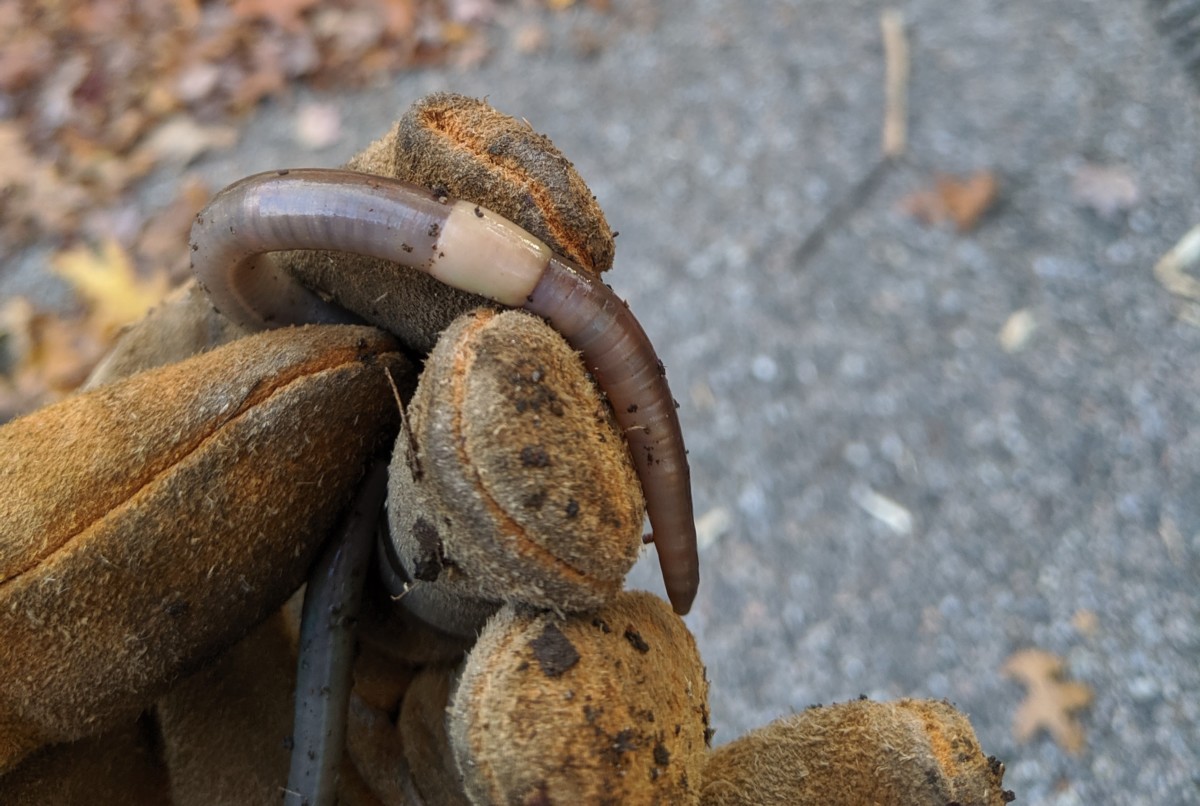
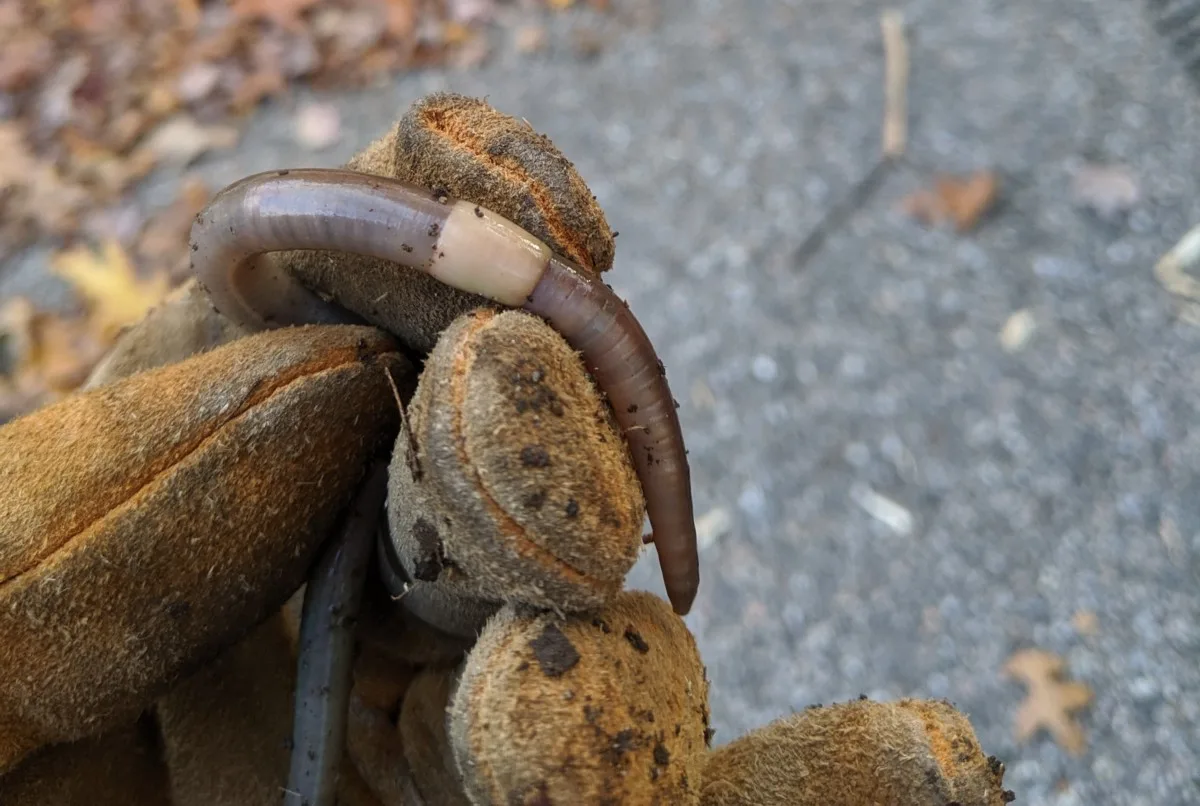
Admittedly, plucking out worms that transfer like loopy snakes if you contact them is about as unappealing because it sounds.
However except you will have a flock of chickens to unleash on them, manually eradicating leaping worms by hand is without doubt one of the more practical methods to cut back their populations. It eliminates adults and juveniles – in addition to any eggs they’d have produced – from the panorama.
You can also make this job a bit of simpler by baiting the leaping worms with the mustard pour.
Dump collected leaping worms right into a bucket of soapy water, vinegar, or rubbing alcohol to kill them.
Solarize your soil
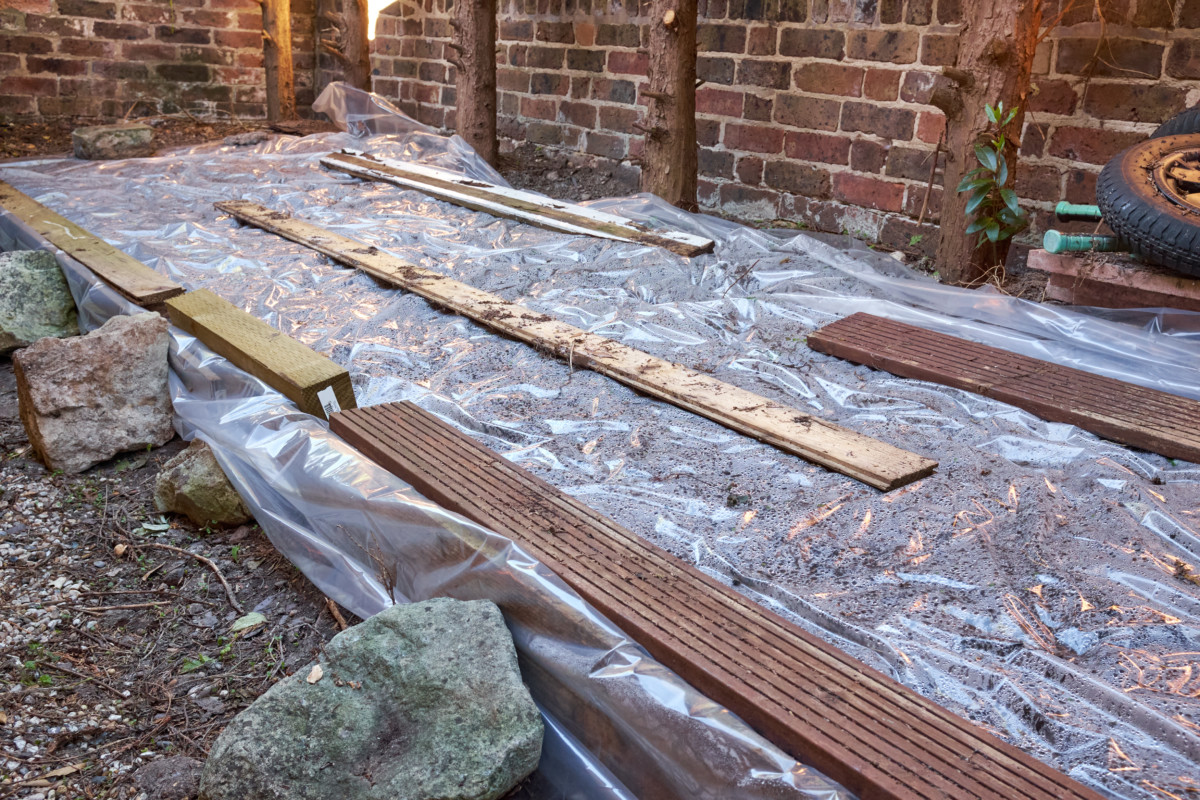
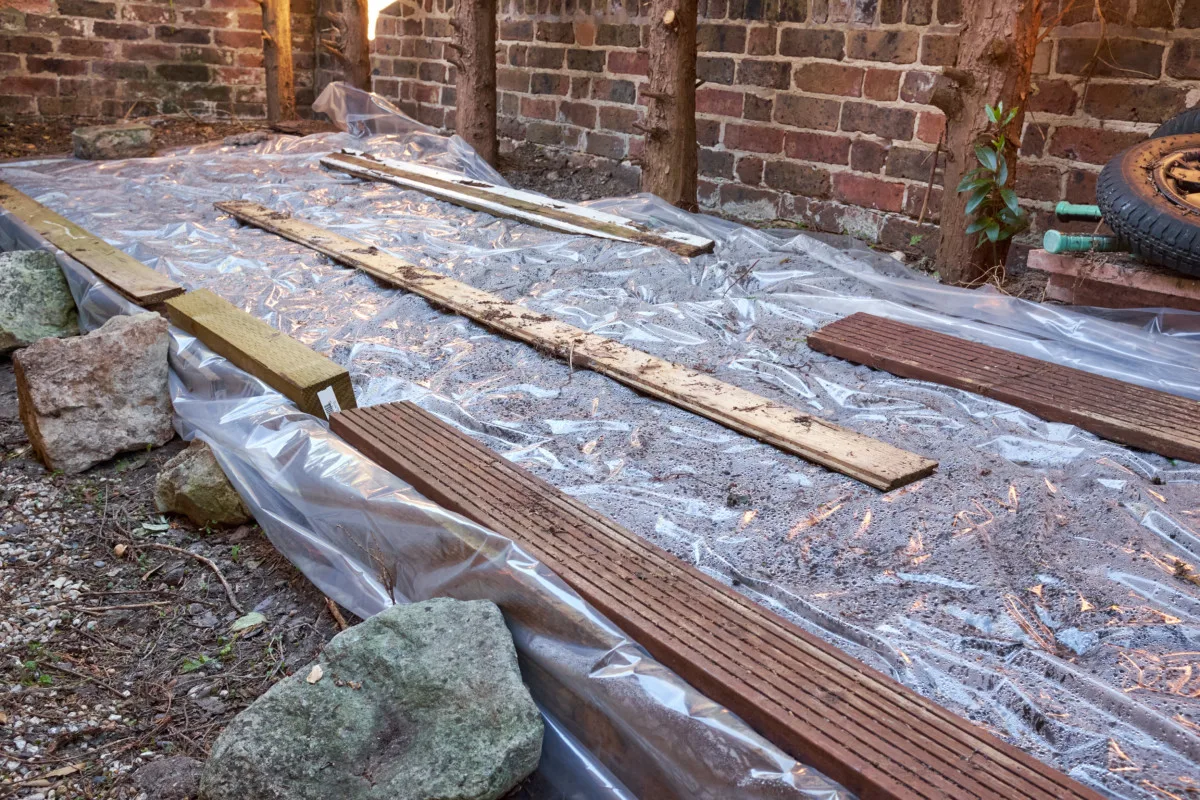
Though hand choosing will curtail leaping worm numbers, it doesn’t take care of the tiny egg cocoons – every in regards to the dimension of a poppy seed – which have already been deposited within the soil.
Analysis has proven that leaping worm adults and cocoons won’t survive in temperatures over 104°F (40°C), maintained over 3 days.
Solarizing your soil, mulch, or compost will be an efficient management for leaping worm eggs. Solar-powered heating works greatest when just a few inches of soil, evenly unfold and moistened, is positioned inside clear plastic luggage or tubs.
For bigger quantities of soil, you can also make a solarization bundle. Lay out a big plastic sheet, 10 to fifteen toes in size, in a sunny location. Add the worm-infested soil to the middle of the sheet, in a fair layer, 6 to eight inches deep. Fold over the edges of the sheet so the soil is wrapped up tightly and is totally enclosed.
Examine the temperature usually to ensure the soil is getting scorching sufficient and that it holds the warmth for no less than 3 days.
For soil solarization to work in opposition to leaping worms, it have to be stored separate and contained. Laying a sheet over the bottom soil doesn’t look like as efficient. It would kill the eggs, however grownup worms will merely transfer away from the warmth.
Apply natural fertilizers
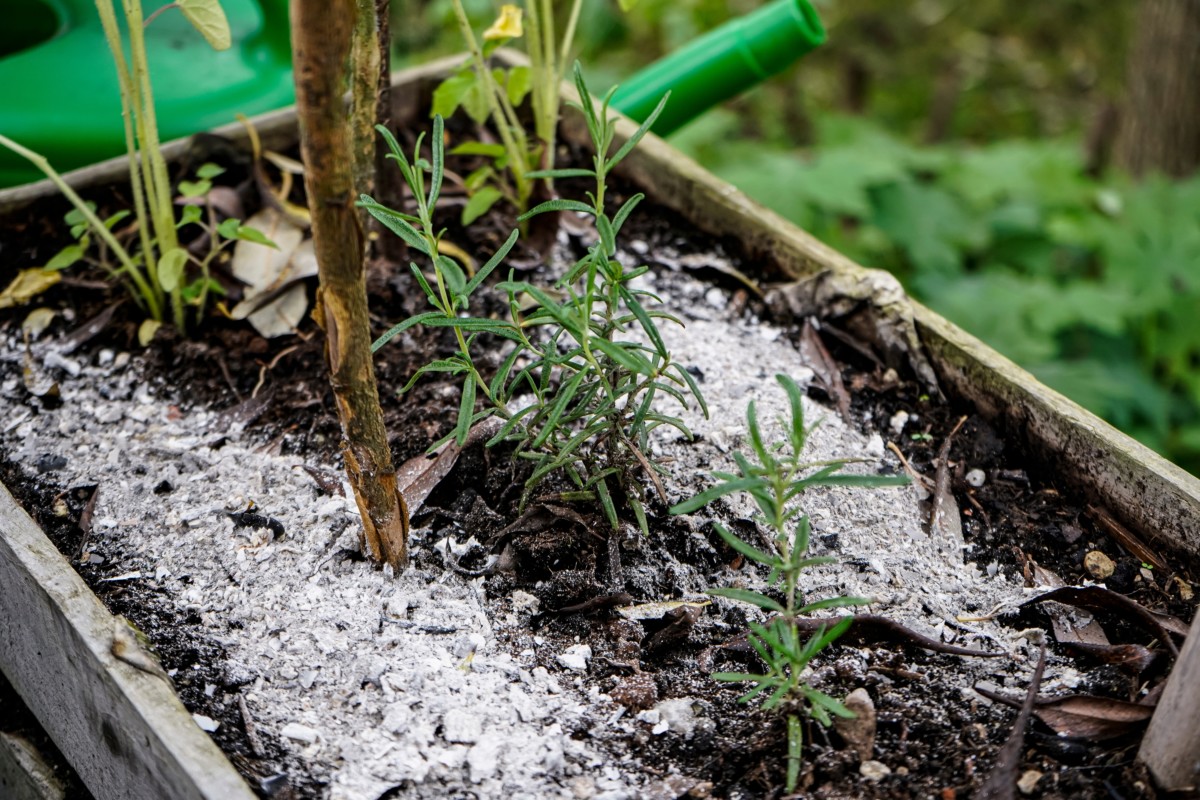
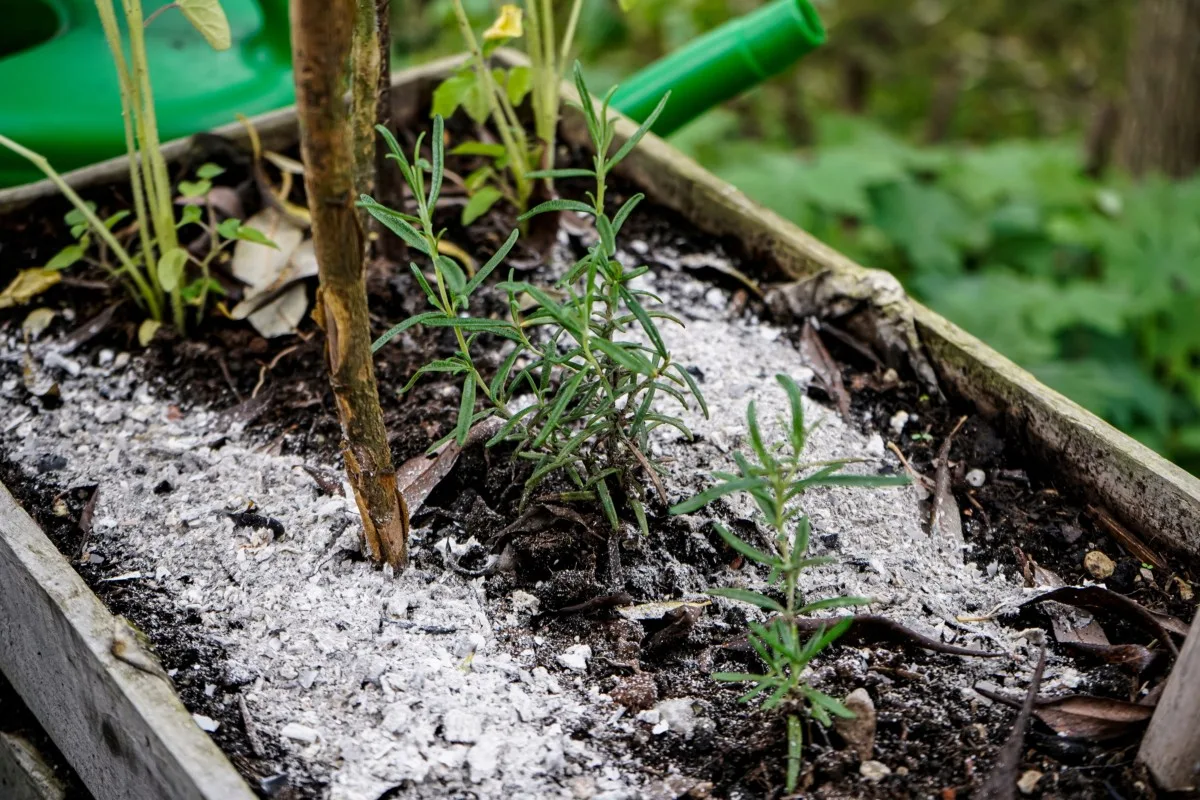
The novelty of leaping worms – and the shortage of scientifically-proven administration choices – signifies that it’s nonetheless very a lot the Wild West on the market.
As we anticipate analysis to roll in, citizen science projects have been invaluable for offering perception on what works (and what doesn’t) to cut back leaping worm populations.
In 2020 and 2021, volunteers in Minnesota examined out numerous anti-jumping worm methods. They examined pine needle mulches (no change), cinnamon powder (no change), and even tried coaching wildlife to eat them (blended outcomes).
In response to their findings, what labored greatest have been these saponin-rich natural fertilizers:
Alfalfa pellets scattered over the soil in spring, summer season, and fall had vital leaping worm reductions in comparison with the earlier yr.
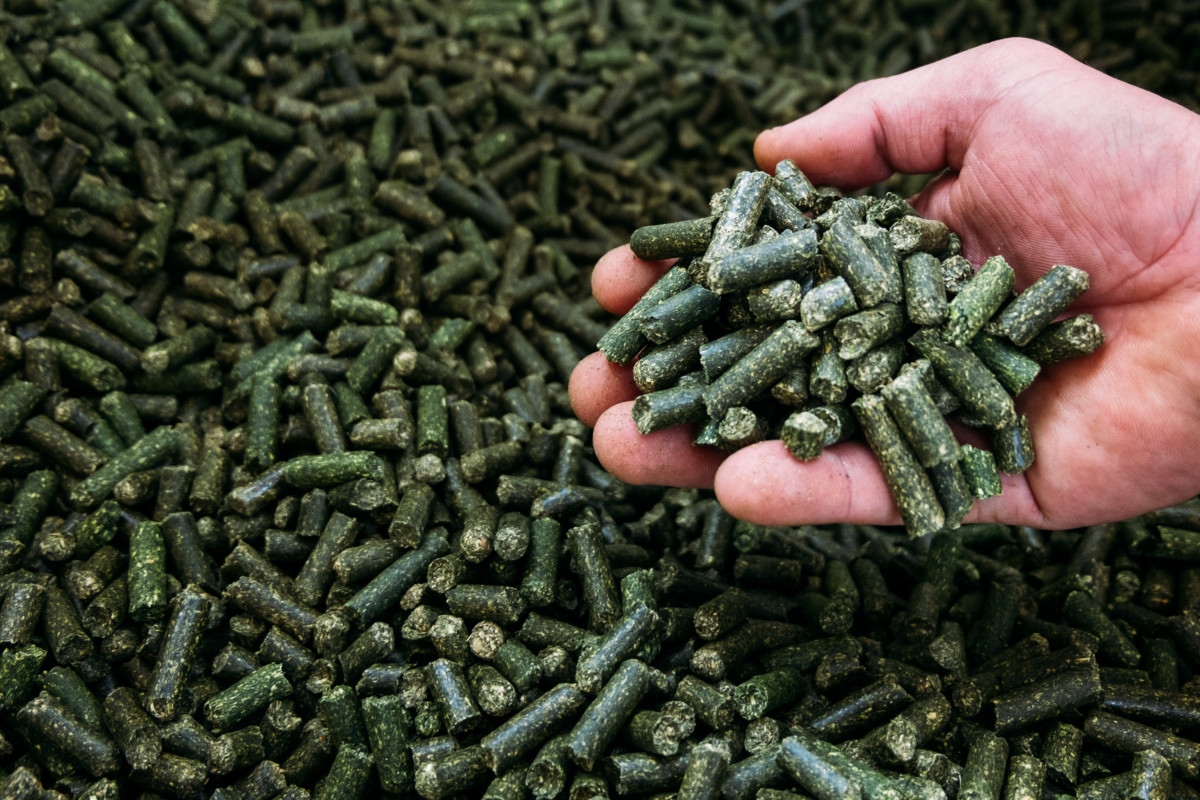
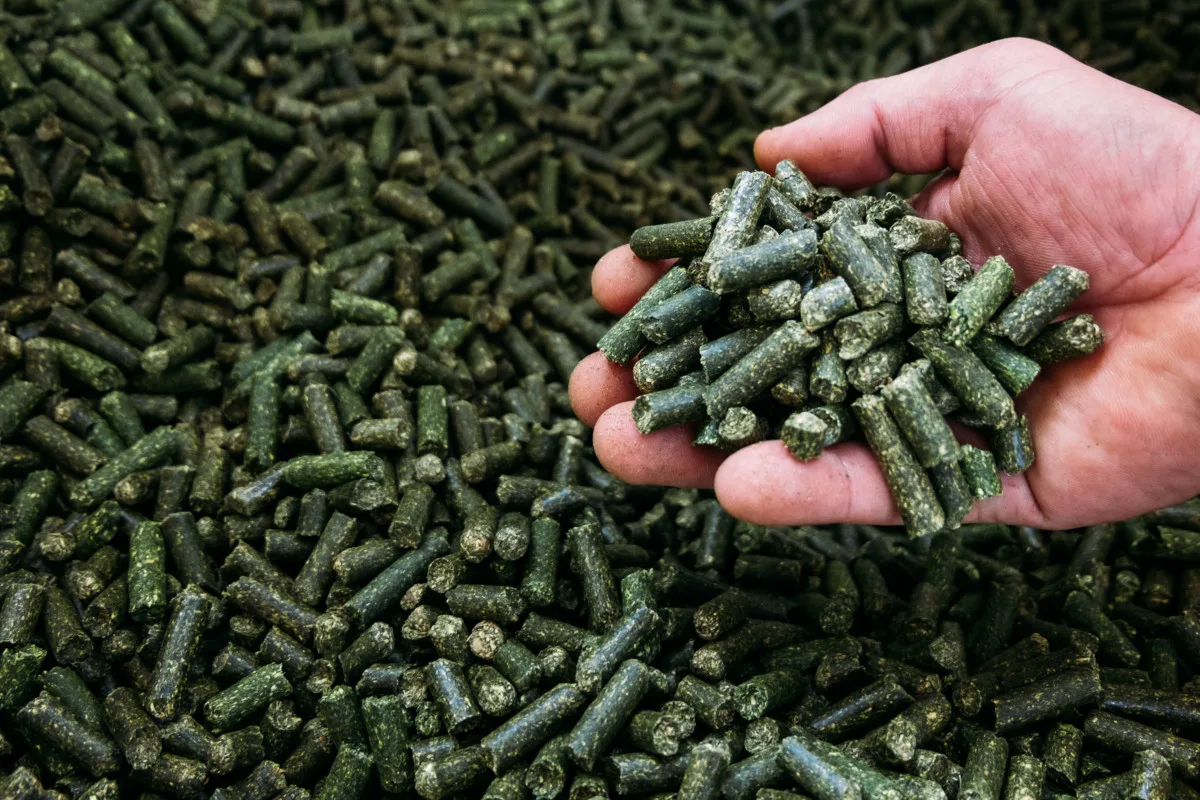
Black tea leaves from spent teabags have been efficient in opposition to worms when unfold on soil in spring and all through summer season. One volunteer reported having no worms in any respect by August after diligently making use of spent tea leaves over the course of the rising season.
Tea seed meal utilized in late spring and once more in summer season affords one other potential leaping worm administration technique. The tea seed attracts them as much as the floor the place they have been noticed to dry up and die by the 1000’s.
Saponins very nicely may be the important thing for combating leaping worms. Attempt conducting your personal subject experiments by rising a few of these saponin-rich vegetation.
Ideas for Stopping a Leaping Worms Invasion
You possibly can breathe a mighty sigh of reduction in the event you haven’t seen these erratic creepy crawlies or noticed their telltale castings on prime of your soil. Stopping them from infesting your panorama is a lot simpler to do than coping with them as soon as they’re already there.
Leaping worms steadily unfold to new areas via soil, mulch, compost, and potted vegetation contaminated with the worms or their egg cocoons. Leaping worm eggs can hitch a trip on the soles of footwear, in tire treads, and on soiled instruments and gear.
Your most secure guess for stopping leaping worms is to keep away from introducing supplies from outdoors sources to your yard. Which means making your personal compost, backyard mulch, and potting soils. When you should purchase, solely buy from sources you belief. Even so, you continue to may need to solarize any soil or mulch earlier than spreading it round.
Make sure that landscaping contractors that come to your property are protecting their instruments and equipment clear and freed from soil and plant particles.
When buying or swapping vegetation, take away the potting soil and plant them up bare root.
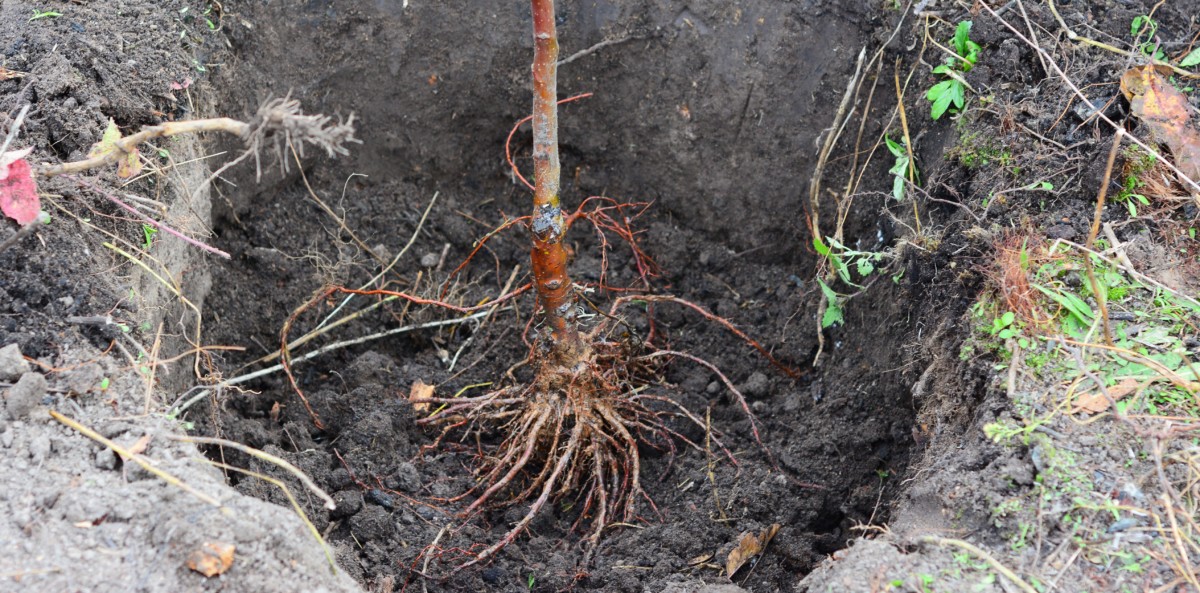
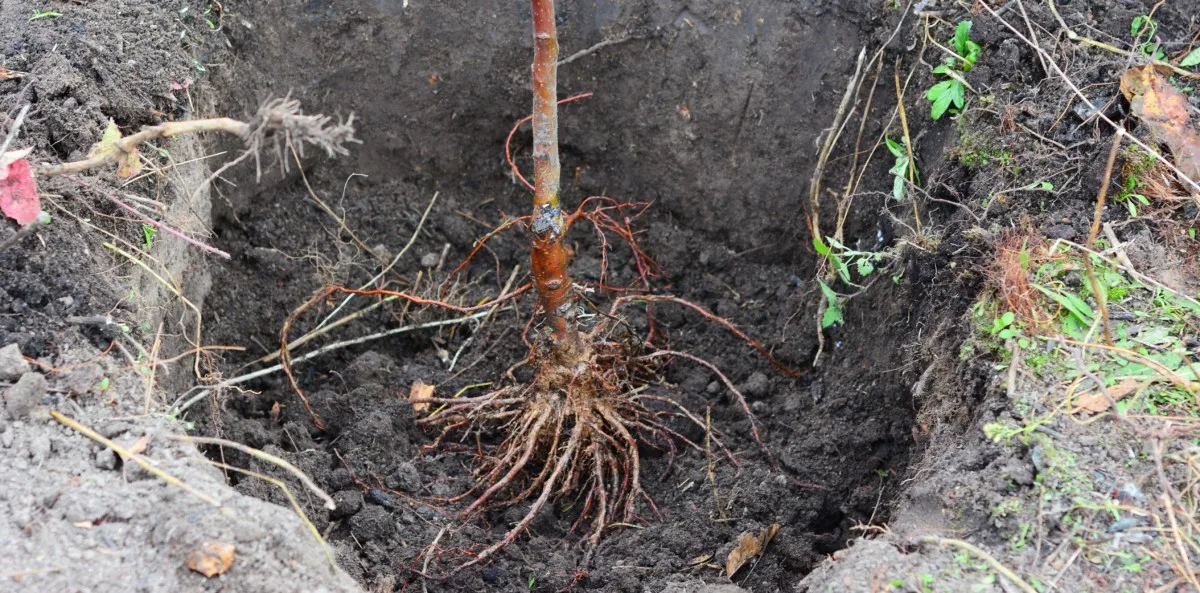
Now that you already know what you’re searching for, examine your backyard for leaping worms often. Leaf litter, compost heaps, and wooden chip mulch are a few of their favourite hangouts.
If you do yard work, put on just one pair of footwear that by no means depart your property.
Stopping the Unfold of Worms in Our Forests
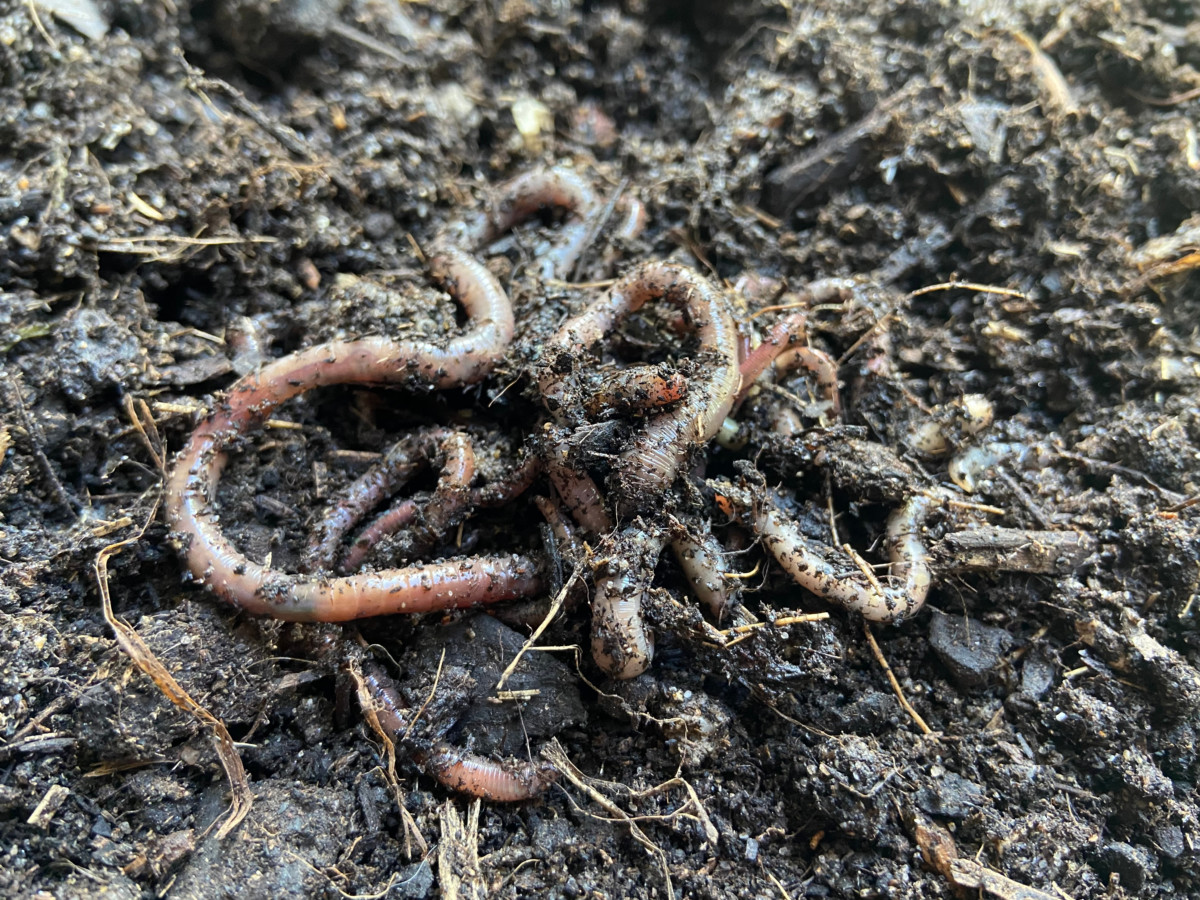
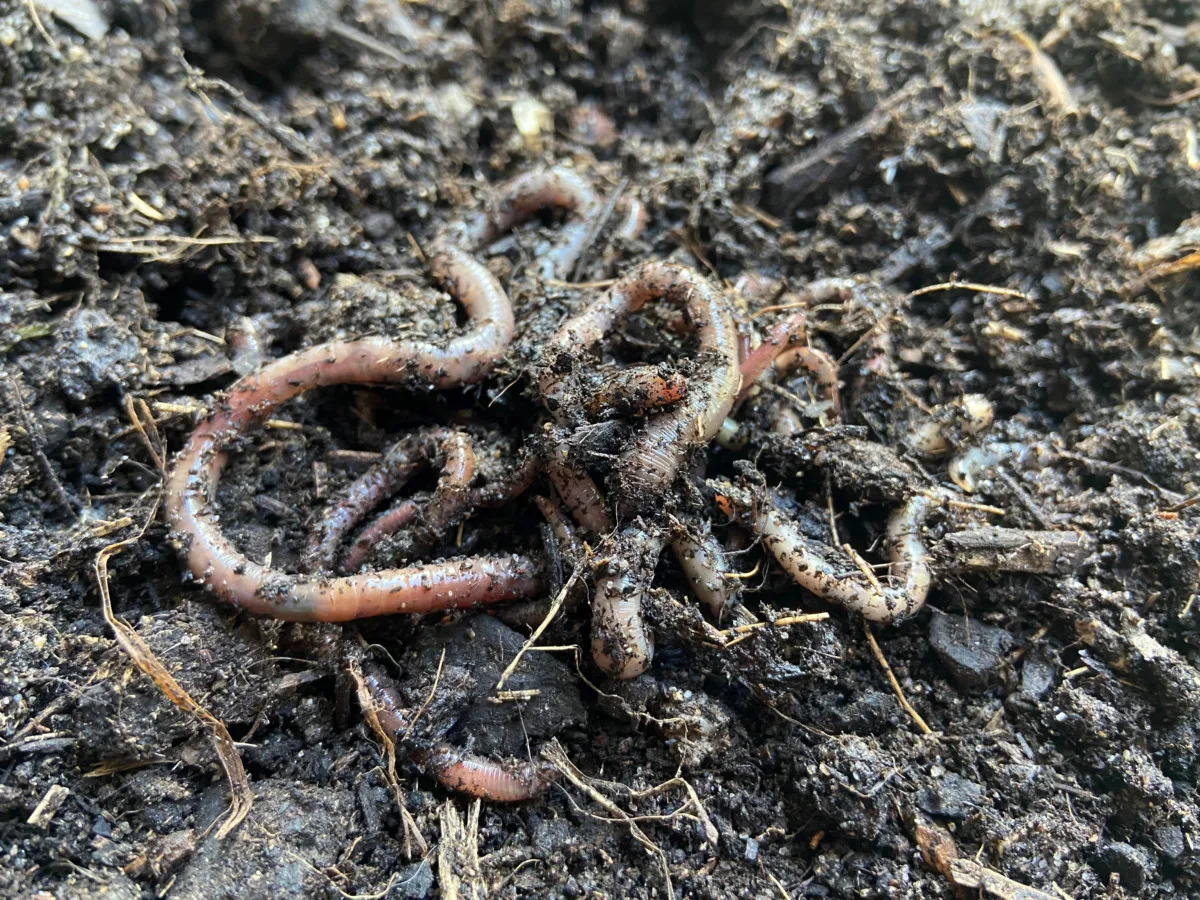
It would come as a shock that the nice worms in our gardens – together with our pricey nightcrawlers and crimson wigglers – aren’t native species both, and are technically invasive too.
There are elements of North America – the Northeast US, the higher Midwest, and just about all of Canada – the place there are not any native earthworms in any respect.
Any worms that existed in these areas have been killed off over the last ice age, some 12,000 years in the past. When the ice sheets receded, the wildlife returned – however not the earthworm.
With out earthworms to recycle dropped leaves and tunnel via the soil, foliage gathered in a dense and thick layer alongside the forest flooring. And for 1000’s of years, life in broadleaf forests tailored to a world absent of worms. The forest detritus – or duff – turned essential for the survival of many creatures.
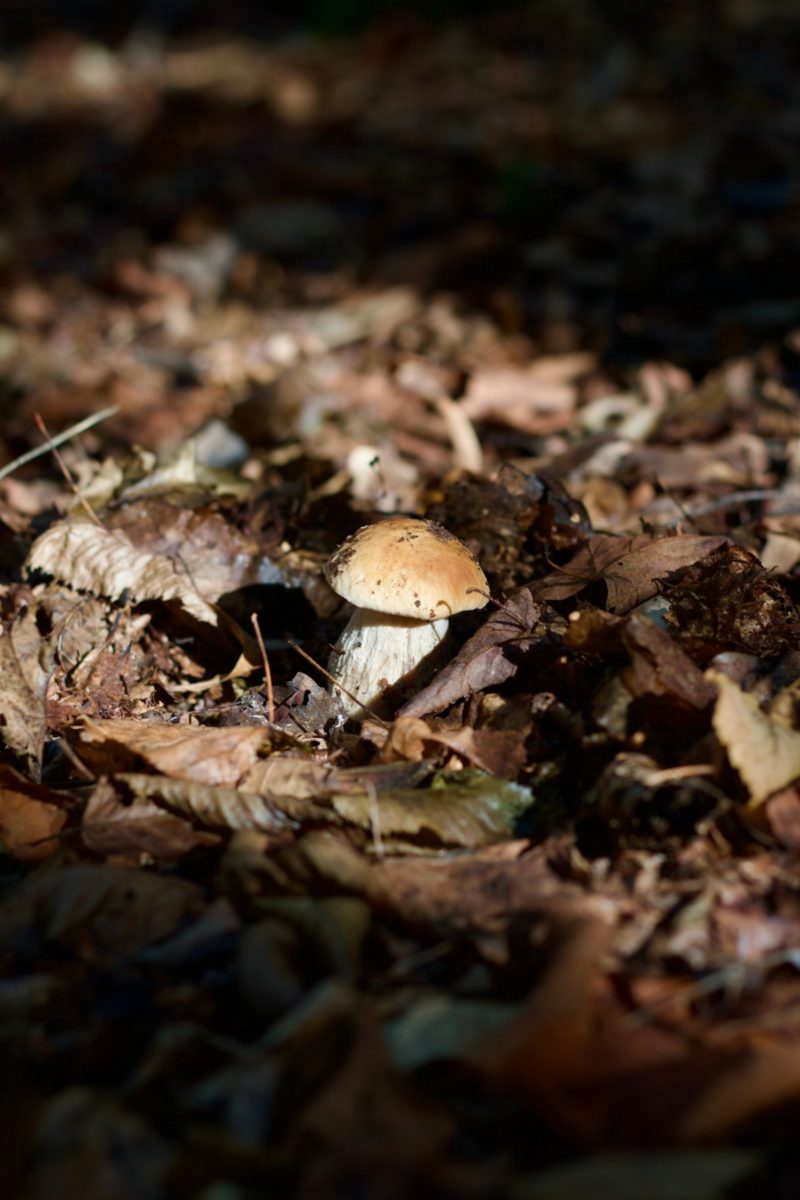
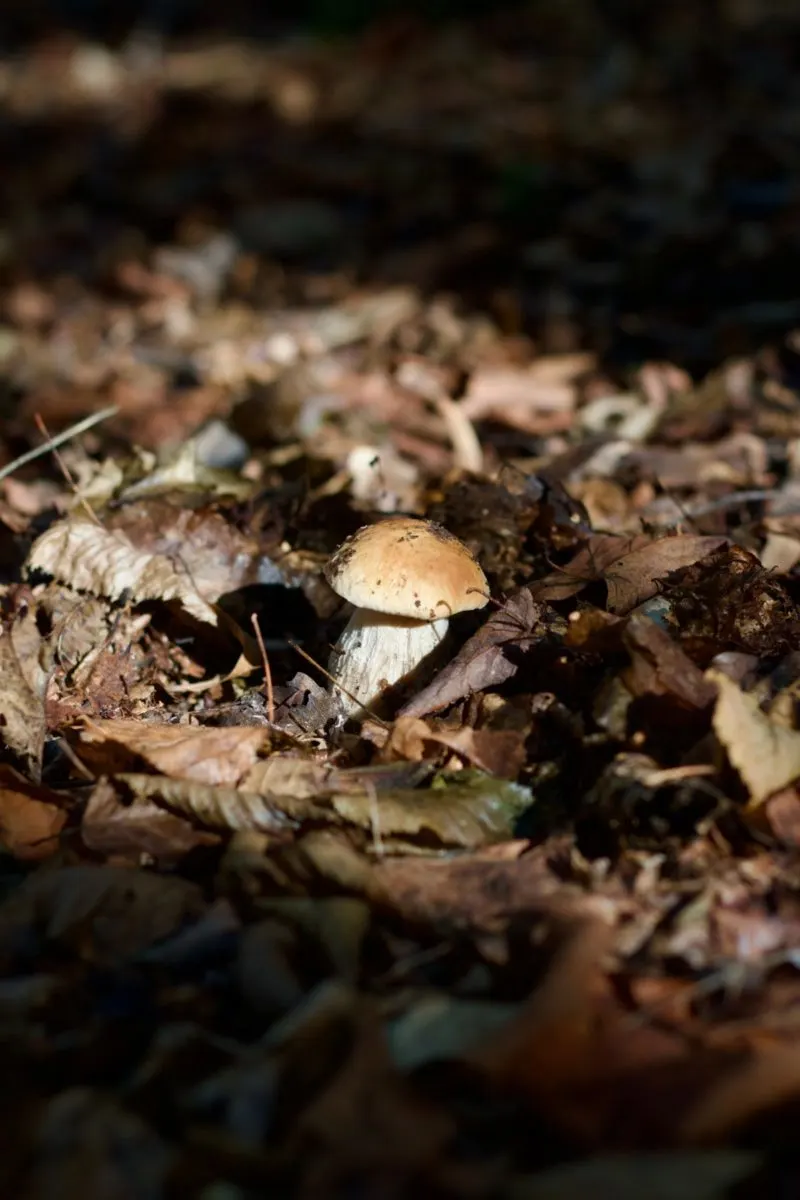
The reintroduction of earthworms has had a huge effect on temperate forests. Worms are able to fully denuding the forest duff and dramatically altering the ecosystem of wooded areas. Research have proven inhabitants declines in native vegetation, bugs, salamanders, and ground-nesting birds due to earthworms, which has cascading results on fragile and complicated meals webs.
Though nightcrawlers and crimson wigglers are nonetheless very a lot useful and useful in our cultivated gardens, they’re horrible in forest habitats. And leaping worms are even worse.
So right here’s what you are able to do to stymie the unfold of all earthworms in our forests:
- By no means dump unused fishing worm bait in pure areas.
- Earlier than heading into the woods on a hike, wash your footwear; wash them once more if you return dwelling.
- Keep on climbing trails and all the time preserve pets on a leash.
- By no means dump backyard waste, leaves, or soil within the wilderness.

Get the well-known Rural Sprout publication delivered to your inbox.
Together with Sunday ramblings from our editor, Tracey, in addition to “What’s Up Wednesday” our roundup of what’s in season and new article updates and alerts.
